What do candidates on the Electronic Fault Finding course actually do?
We begin by analysing the full range of electronic components used in commercial and industrial equipment and get the candidates to think about how these devices would be used in various applications. We also look at the faults that these components might develop.
The following are some extracts from the course notes, showing how LEDs should be tested, how voltage regulators are commonly marked and how ICs should be inserted and extracted.
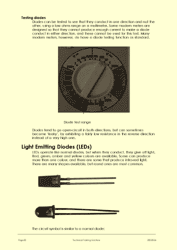 |
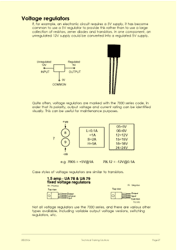 |
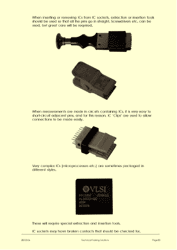 |
Page 30 of the course notes for the electronic fault finding course, showing how LEDs and diodes should be tested |
Page 37 of the course notes for the electronic fault finding course, showing how voltage regulators are typically marked and their common terminal layouts |
Page 55 of the course notes for the electronic fault finding course, showing how ICs should be removed or inserted into IC sockets |
We have a range of passive (resistors, capacitors, inductors etc) and active (transistors, diodes, LEDs, thyristors etc) demonstration components which the candidates inspect. Candidates are expected to read the values of the components and gain an understanding of how and where they would typically be used.
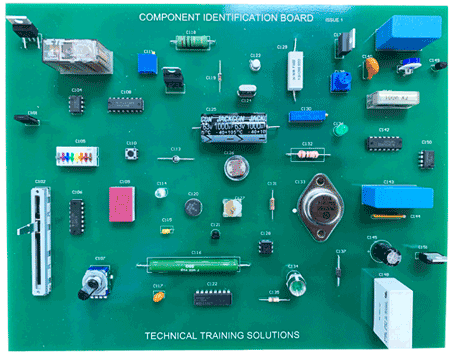 |
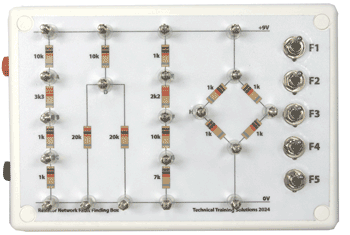 |
Candidates on the electronic fault finding training course are shown a wide range of common passive and active electronic components. They are shown how to read the markings of these components, where and how they would typically be used, their common lead-outs and they also use test equipment to confirm the serviceability of these components |
One of the first exercises on the electronics fault finding course: We explore the voltages that appear in resistor networks and we can then switch faults in and get the candidates to locate the fault using a multimeter. |
We then go on to look at op-amps, voltage comparators and other ICs. The various ways in which these are used is analysed. We also look at how oscilloscopes should be used. The following are some pages from this part of the course notes, showing how op-amps can be connected, how oscilloscopes should be set up and an explanation of some of the more common digital logic ICs like shift registers and decoders.
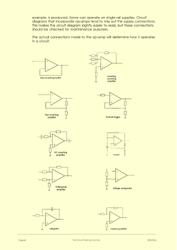 |
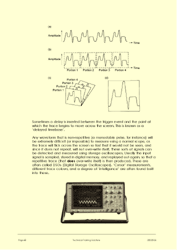 |
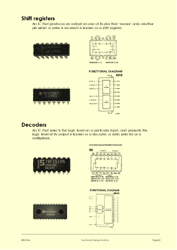 |
Page 60 of the course notes for the electronic fault finding course, showing the various configurations of op-amps |
Page 68 of the course notes for the electronic fault finding course, showing how oscilloscopes should be triggered properly |
Page 83 of the course notes for the electronic fault finding course, showing typical digital logic ICs like shift registers and decoders |
We ensure that the candidates are able to use oscilloscopes properly, so that they can capture repetitive and single-shot signals correctly and make measurements of them.
This is one of our bench power supply units. |
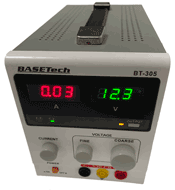 |
This is our arbitrary function generator. |
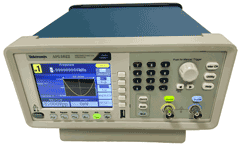 |
This is one of our digital storage scopes. |
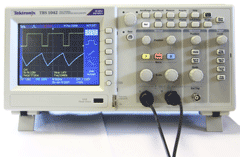 |
We use a range of circuit boards to explore the application of various components and candidates can thereby reinforce their knowledge of reading component values and how the components are used as well as gaining more experience of using the oscilloscopes to see what is actually happening in the circuits. Some of these boards have switched faults on them so that the candidates start to gain some fault finding experience.
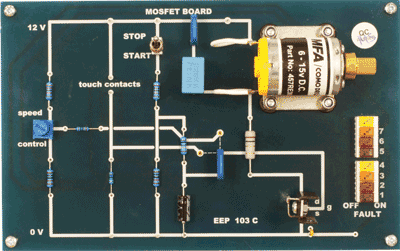 |
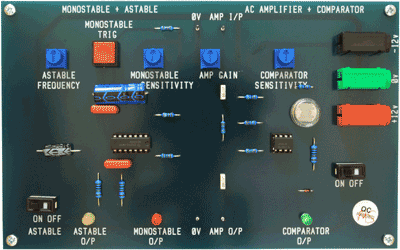 |
Candidates on the electronic fault finding training course use a range of circuit boards to explore the function of the various electronic components. Some of these also have switched faults. |
|
We go on to look at how bridge rectifiers, smoothing capacitors and voltage regulators are used to convert from AC to DC and explore what happens when the component values are altered. The next board is the beginning of the digital electronics section and on this board we have a series of shift registers reducing the clock from 1MHz down to 1Hz. We can switch faults into these boards and the candidates have to locate them.
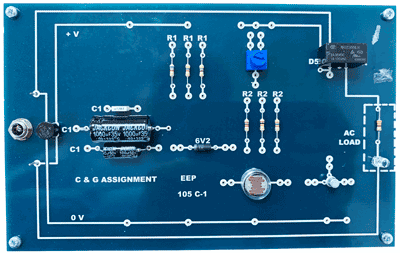 |
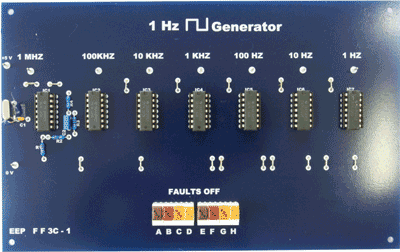 |
Candidates on the electronic fault finding training course use a range of circuit boards to explore the function of the various electronic components. Some of these also have switched faults. |
|
We then introduce some more complex circuit boards (used for many years in the City & Guilds 224 Electronics Servicing Course). The circuits for these are quite complex and candidates are expected to understand them fully, helping to strengthen their understanding of electronic circuitry. A range of faulty boards (10 of each board) provide candidates with the opportunity for more practice of their fault finding skills. Two of these boards are shown here.
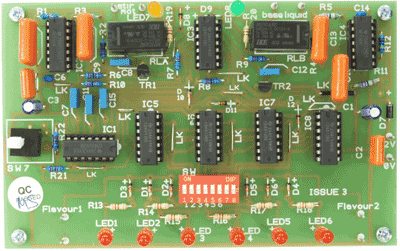 |
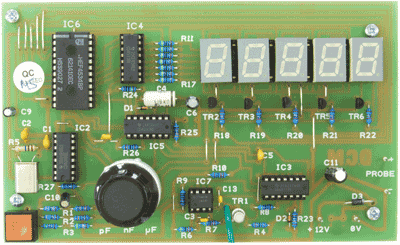 |
Candidates on the electronic fault finding training course explore the workings of complex circuits incorporating IC timers, logic gates etc. There are 10 of these boards with different faults on and candidates can practice their fault finding skills on these. |
Candidates on the electronic fault finding training course explore the workings of complex circuits incorporating voltage comparators, multiplexed display driver ICs, logic gates etc. There are 10 of these boards with different faults on and candidates can practice their fault finding skills on them. |
If you would like to see some of the equipment used on the electronic fault finding course for yourself, then please call us to arrange a visit to our offices in Kent. Alternatively, we can visit you anywhere in the British Isles.


